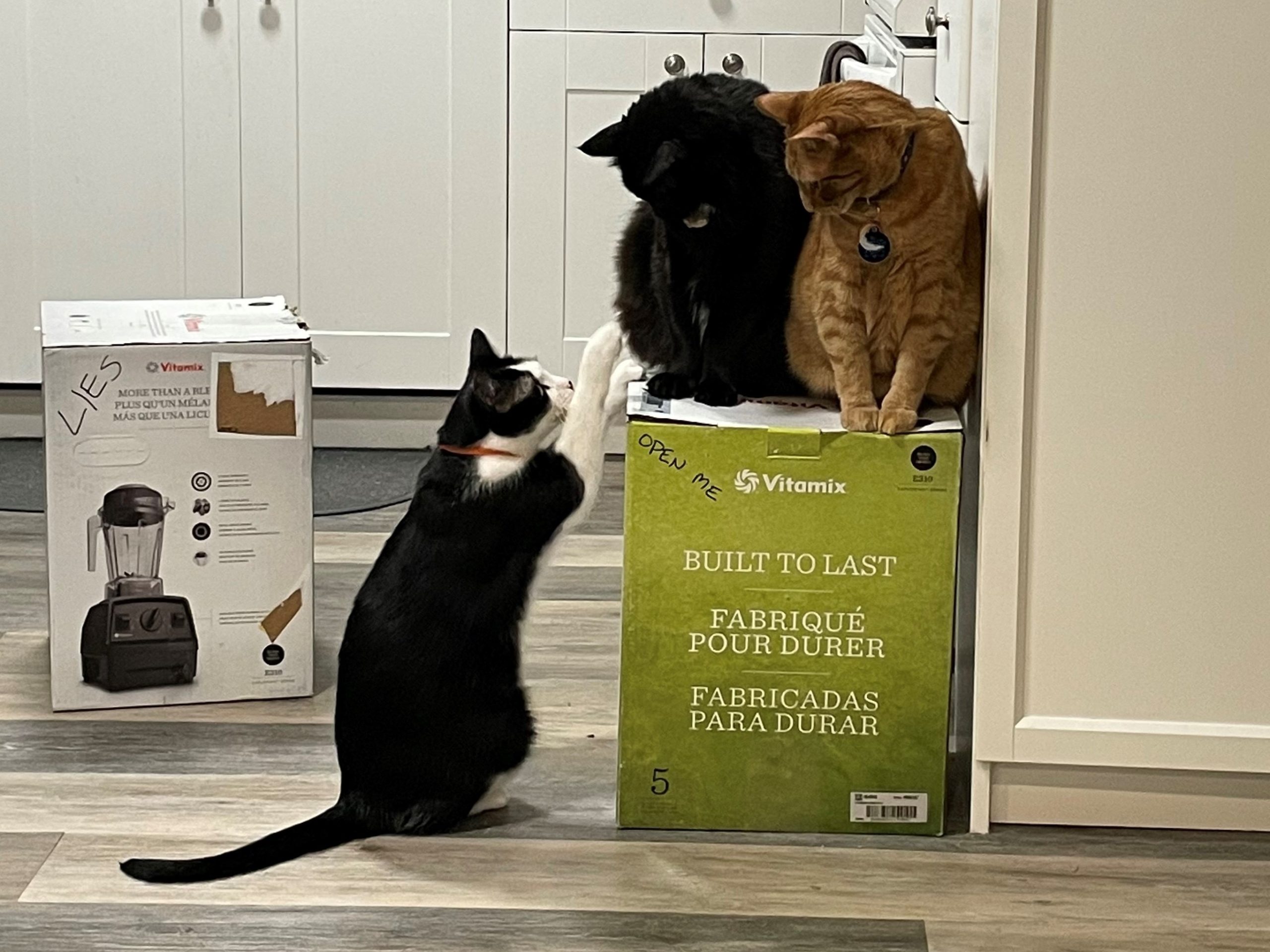In a world where bizarre and shocking news stories often go viral, the tale of the cat in the blender has captured widespread attention. This unsettling incident has left many people both horrified and curious about what actually transpired. While some details remain shrouded in mystery, there’s no denying the impact it’s had on social media and public discourse.
The story began circulating online through various platforms, sparking debates and raising numerous questions. Was it an unfortunate accident or something more sinister? As more information comes to light, understanding the full context of this event becomes crucial for those looking to separate fact from fiction. Dive into the details to uncover what really happened to the cat in the blender.
Overview of the Incident
The viral story of a cat in a blender has shocked many. Details continue to emerge, sparking debates about the nature of the incident.
Examining the Source of the Story
The story first appeared on social media platforms. Users shared videos and images, leading to widespread outrage. Initial reports suggested it might be a prank or hoax, but further investigation revealed otherwise. Authorities began looking into the origin, trying to identify those responsible for sharing such disturbing content.
Public Response and Concerns
Public reaction was swift and intense. Animal rights organizations condemned the act, calling for stricter regulations on online content involving animals. Many users expressed their horror and demanded justice for the cat. The incident raised concerns about internet safety and how easily harmful content can spread across platforms without adequate monitoring or intervention.
Fact-Checking the Cat and Blender Story
The cat in the blender story has generated significant attention. Verifying its authenticity is essential to understanding the broader implications.
Verifying the Claims
Authorities have investigated the incident, tracing its origins through social media platforms. They analyzed video metadata and user accounts linked to the content. Animal rights organizations collaborated with law enforcement to identify perpetrators. These efforts aim to confirm if the event occurred or if it was a fabricated hoax designed for shock value.
Expert Opinions on the Matter
Veterinary experts examined available footage, assessing signs of digital manipulation. Some noted inconsistencies in lighting and shadows, suggesting possible editing. Psychologists highlighted that such content often exploits emotional responses for viral traction. Media analysts emphasized responsible sharing practices to prevent misinformation spread.
Broader Implications of Viral Stories
Viral stories like the cat in the blender incident have far-reaching effects beyond immediate reactions. They influence public perception and raise legal and ethical questions.
Impact on Public Perception
Public perception shifts rapidly with viral content. The cat in the blender story sparked widespread outrage, leading to increased awareness about animal cruelty. People often form opinions based on initial impressions, which can be misleading if the content is manipulated or taken out of context. This highlights the need for critical thinking when consuming online media.
Legal and Ethical Considerations
Legal frameworks struggle to keep pace with viral content dissemination. Authorities face challenges in prosecuting individuals responsible for creating or sharing harmful videos due to jurisdictional issues and anonymity online. Ethically, platforms must balance free speech with protecting users from disturbing content. Implementing stricter guidelines for content moderation can help mitigate these issues while respecting user rights.
Managing Misinformation
Misinformation spreads quickly, especially with emotionally charged content like the cat in a blender story. It’s crucial to identify false claims and verify information before sharing.
Tips for Identifying False Claims
- Check Sources: Verify if reputable news outlets or official organizations report the story.
- Analyze Content: Look for inconsistencies in images, videos, or text that suggest manipulation.
- Cross-Reference Information: Compare details with multiple sources to ensure accuracy.
- Look for Expert Opinions: Seek insights from professionals relevant to the topic, such as veterinarians or media analysts.
- Fact-Checking Websites: Use platforms like Snopes or FactCheck.org to validate claims.
- Official Statements: Refer to announcements from authorities or organizations involved in the incident.
- Academic Journals and Publications: Access research articles that provide evidence-based information on related topics.
- Social Media Verification Tools: Utilize tools provided by social media platforms to check the authenticity of viral content.
Managing misinformation requires vigilance and responsible practices when consuming and sharing online content about sensitive issues like animal cruelty incidents.
Conclusion
The cat in the blender story serves as a stark reminder of the power and pitfalls of viral content. It underscores the critical need for thorough fact-checking and responsible sharing practices to prevent misinformation from spreading. By staying vigilant and using reliable sources, individuals can help maintain a more informed and ethical online community. The role of authorities, experts, and media analysts is crucial in verifying such stories, ensuring that public perception isn’t swayed by false claims. Ultimately, fostering a culture of careful content consumption can mitigate the impact of sensationalized and misleading information on sensitive issues like animal cruelty.

